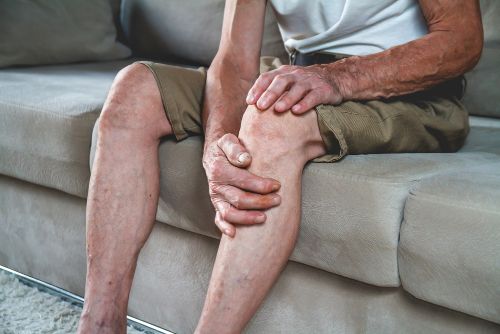Infectious arthritis symptoms usually occur suddenly and can cause a lot of pain, fever and chills. They also can spread and cause permanent damage to the joint, which is why it is important to get diagnosed quickly.
The first step in diagnosing infectious arthritis is to ask about your history of illness, travel and any other medical conditions. Your doctor may also check your joints and look at your X-rays to see what’s happening there.
Bacteria and fungus can cause infectious arthritis. The most common bacteria are Staphylococcus aureus (staph) and Haemophilus influenzae. The fungus Candida albicans also can cause this type of joint infection.
Viral infections are another possible cause of infectious arthritis. They are not often a big problem, but they can occasionally lead to inflammation of the joints. They are most common in infants and younger children. Infectious hepatitis, mumps and infectious mononucleosis are viral diseases that can cause this type of joint infection.
Antibiotics can help treat infectious arthritis by killing off the bacteria that are causing it. These medications can be taken by mouth or delivered through a vein into your bloodstream via an injection. This way the antibiotic gets into your body faster, in higher concentrations and directly to the infected area.
These drugs are typically used for a short period of time, such as a few days or weeks. Some people may be able to stop taking them once the infection has gone away, but you should still take them for as long as your doctor prescribes to ensure that the bacteria are killed off.

During treatment, your doctor may use a procedure called arthroscopy to remove the fluid that is causing the inflammation in the joint. This involves making a small incision and inserting a tube that contains a camera. The doctor will then suction the fluid out using this camera. This can be done several times if necessary, to make sure that all of the infected fluid is removed.
Sometimes a doctor can use a tiny needle to withdraw the infected fluid from your joint without surgery, called arthrocentesis. This is typically repeated a few times over a few days to make sure that the infected fluid is fully gone from the joint.
This procedure is not always successful. If the infected fluid has not been drained completely, your doctor might recommend more tests. Some of these tests might be blood tests or X-rays. They will try to determine if the infection is caused by a virus or a bacteria and if so, what kind.
If the doctor believes that your joint is infected, they might recommend an arthroscopy to remove the fluid and get a better look at what’s happening. The doctor may also insert a drain into your joint to keep the fluid from swelling again.
The doctors may also order X-rays or an ultrasound to examine the joint. These pictures can help the doctors figure out if the septic arthritis is caused by a bacterial or viral infection and if so, what kind.








